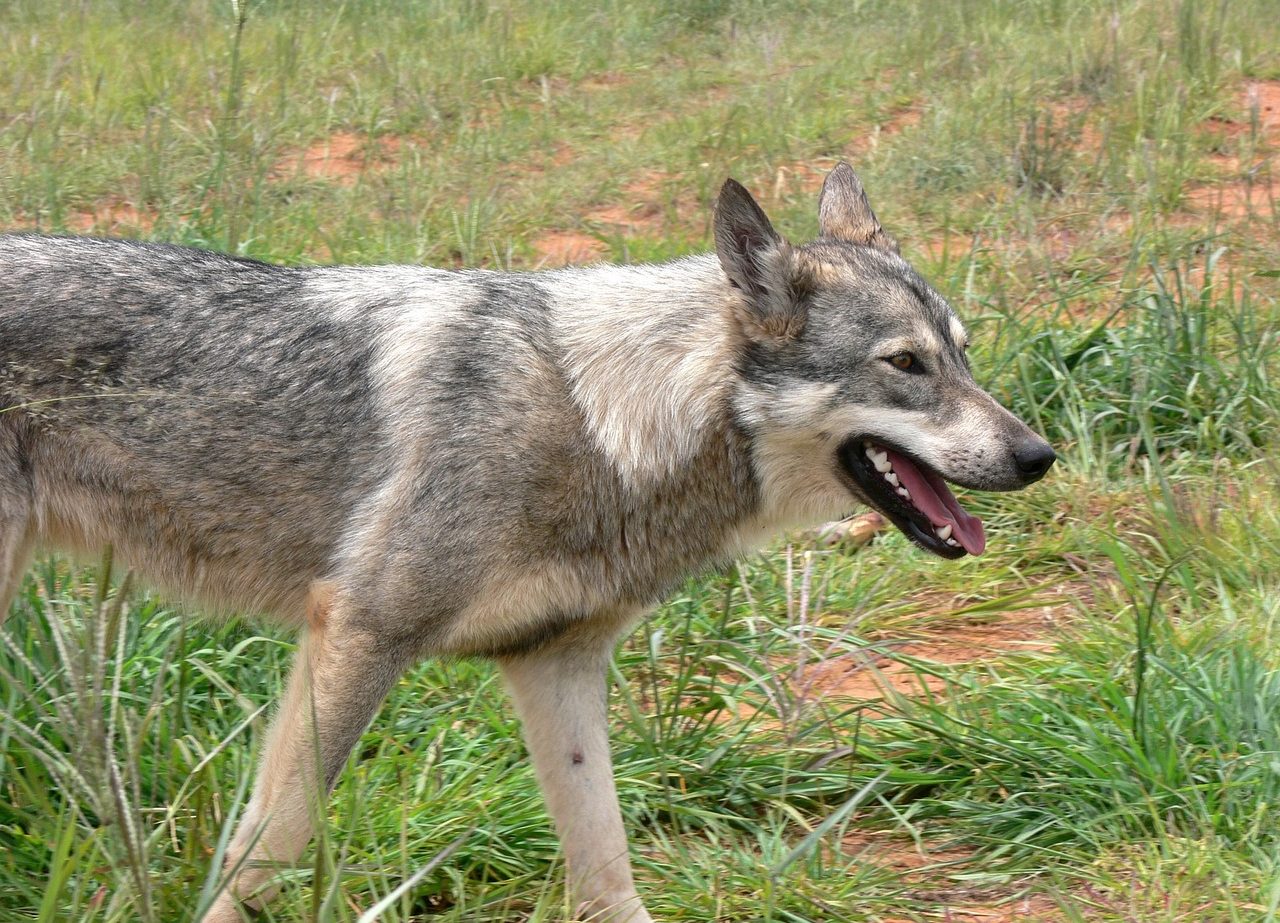
Taxonomy allows for categorization.
Taxonomy is the science of classification that is applied in biology for the systematic and hierarchical arrangement of groups of animals and plants . The term has its origin in a Greek word that means “ordination.”
We can determine that taxonomy is divided into two: microtaxonomy , which is responsible for delimiting and describing certain species; and macrotaxonomy , which classifies based on the criteria granted by the previous branch.
Taxonomy and systematics
It is important to establish that taxonomy is related to systematics : the science that is responsible for carrying out the study of kinship relationships, also called affinities , that occur between different species.
All this without overlooking the close link that exists between taxonomy and other sciences or issues such as evolution , paleontology , genetics , molecular biology , phylogeny and embryology .

The description of species is facilitated by taxonomy.
Relationship between organisms
Biological taxonomy is part of systematic biology, dedicated to the analysis of kinship relationships between organisms. Once the phylogenetic tree of the organism in question is resolved and its evolutionary branches are known, taxonomy is responsible for studying kinship relationships.
In addition to all this, it must be emphasized that, when working with the taxonomy, developing it and putting it into practice, it is vital to be clear about the different concepts that are fundamental to it. This would be the case of the following:
- Character , which refers to the characteristics of a plant, for example.
- Character status ; that is, the values that the character can acquire.
- Diagnostic characters , which are used to discriminate taxa.
- Derived characters . They are identified because they are dynamic and because they can provide information about the emergence of new lineages. They can do all this thanks to the fact that they are the states that can have a character differently than their ancestor, since they are modified.

Taxonomy helps understand how natural selection and adaptation of species develop.
Taxonomy function
There are different positions regarding taxonomy, although in general it is maintained that its function begins when the phylogeny of the taxa is already defined. That is why taxonomy organizes the phylogenetic tree within a biological classification system .
The most widespread view understands taxa as clades (branches of the phylogenetic tree, with species related by a common ancestor) that have already been assigned to a taxonomic category.
The taxonomy process continues with the assignment of names (according to the principles of nomenclature), the development of dichotomous identification keys and the creation of classification systems.
Taxa allow living beings to be classified based on a hierarchy of inclusion (each group encompasses smaller ones while being subordinate to a larger one). The fundamental categories, from the most comprehensive to the smallest, are the domain , the kingdom , the phylum or division , the class , the order , the family , the genus and the species .
It should be noted that advances in DNA sequencing and biodiversity problems pose great challenges for taxonomy.
The nomenclature
The subdiscipline that is responsible for applying the rules for the naming and description of taxa is called nomenclature . The purpose of nomenclature is that there are no two different taxa with the same name and that each of the organisms has a single correct name.
The international nomenclature codes collect the rules that are used. It is possible to mention the International Code of Botanical Nomenclature (CINB) , the International Code of Zoological Nomenclature (CINZ) and the International Code of Nomenclature for Algae, Fungi and Plants (CINAFP) , for example.
As can be seen, the taxonomy contemplates different codes for each discipline. This implies, in theory, that the same name can be used to name an animal and a plant. In any case, this practice is not recommended.
It should be considered that naming rules are generally retroactive . Scientific names are written in Latin (or Latinized) and the rule that establishes that the first name published according to the corresponding code is the correct one for the taxon in question is known as the priority principle .
It should be noted that, in the 18th century , the Swede Carl Linnaeus ( 1707 – 1778 ) devised the so-called binomial nomenclature . Linnaeus proposed that the scientific name of species be formed with two Latin words: the genus name and the specific name.
Taxonomy Examples
We can find an example of taxonomy in the biological classification of the dog . The scientific name of the species is Canis familiaris , which integrates the domain Eukaryota , the kingdom Animalia , the phylum Chordata , the class Mammalia , the order Carnivora , the family Caninae , the tribe Canini and the genus Canis .
It should be considered that different breeds are recognized within this species, such as the German shepherd, the poodle and the bulldog . All of these breeds make up the Canis familiaris species in the taxonomic hierarchy.
Let's take the case of domestic cats . This is what each member of the subspecies Felis silvestris catus is colloquially called. Taxonomy shows that from kingdom to order, dogs and cats share the same classification. The differences only appear from the suborder.
